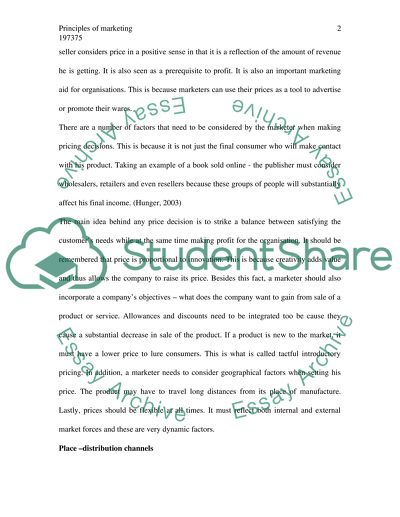Cite this document
(Four Main Principles of Marketing Term Paper Example | Topics and Well Written Essays - 2500 words, n.d.)
Four Main Principles of Marketing Term Paper Example | Topics and Well Written Essays - 2500 words. Retrieved from https://studentshare.org/marketing/1527606-principles-of-marketing-bachelor-essay
Four Main Principles of Marketing Term Paper Example | Topics and Well Written Essays - 2500 words. Retrieved from https://studentshare.org/marketing/1527606-principles-of-marketing-bachelor-essay
(Four Main Principles of Marketing Term Paper Example | Topics and Well Written Essays - 2500 Words)
Four Main Principles of Marketing Term Paper Example | Topics and Well Written Essays - 2500 Words. https://studentshare.org/marketing/1527606-principles-of-marketing-bachelor-essay.
Four Main Principles of Marketing Term Paper Example | Topics and Well Written Essays - 2500 Words. https://studentshare.org/marketing/1527606-principles-of-marketing-bachelor-essay.
“Four Main Principles of Marketing Term Paper Example | Topics and Well Written Essays - 2500 Words”, n.d. https://studentshare.org/marketing/1527606-principles-of-marketing-bachelor-essay.


